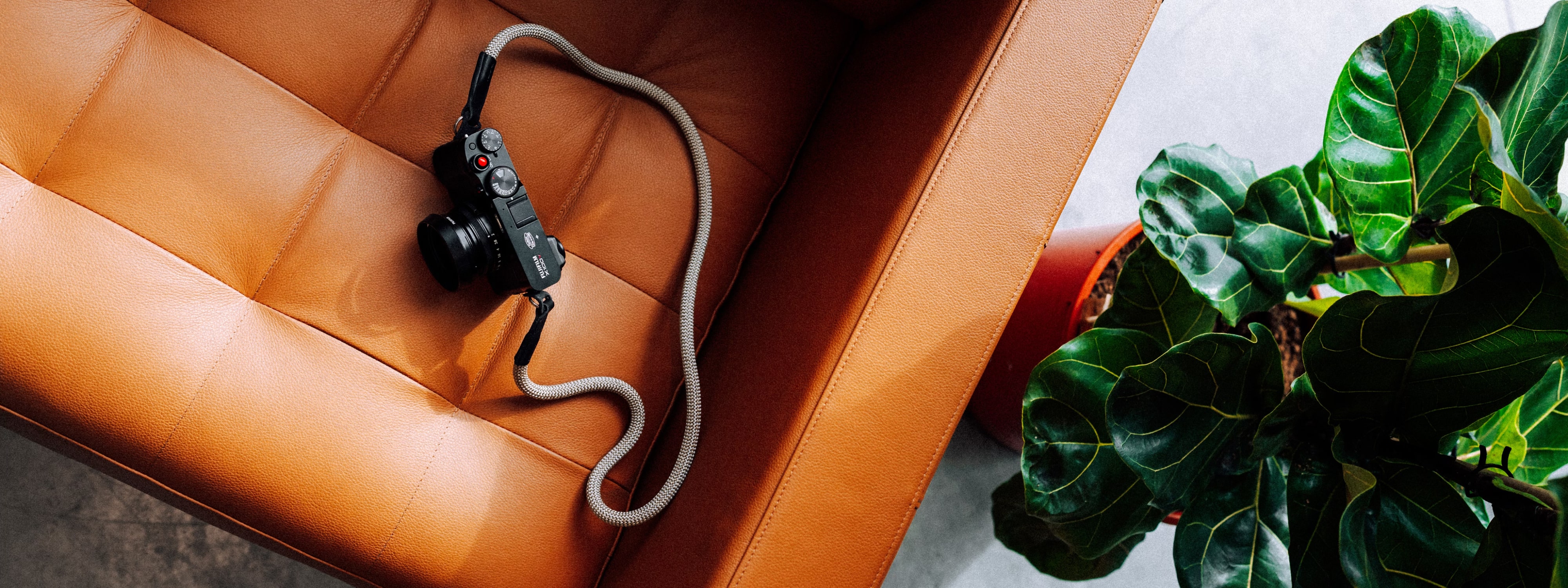Selecting new siding for your home is one of the most significant exterior remodeling decisions you will ever make. It is more than just a cosmetic upgrade; it's a critical investment in your home's armor. The right siding defines your curb appeal, acts as a primary shield against the harsh weather of Northwest Ohio and Southeast Michigan, and can substantially improve your home's energy efficiency and value. For homeowners in this region, the conversation almost always narrows down to two industry titans: vinyl and fiber cement.
Both materials are exceptional choices, engineered to provide long-lasting protection and beauty. However, they possess fundamentally different characteristics, offering distinct advantages in durability, aesthetics, maintenance, and cost. At All Exterior Solutions, we've guided hundreds of homeowners from Toledo and Lucas County to Monroe County, MI, through this very decision. Our experience has shown us that the "best" choice is always the one that aligns perfectly with a homeowner's priorities, budget, and vision. This comprehensive guide will break down the essential differences to help you make a confident and informed decision.
Deep Dive into Vinyl Siding: The Practical Powerhouse
Vinyl siding, made from a durable polyvinyl chloride (PVC) resin, is the most widely used siding material in North America. Its immense popularity is a testament to its incredible value proposition, combining affordability with a low-maintenance lifestyle that modern homeowners crave.
- The Allure of Low Maintenance: This is vinyl's crowning achievement. Because the color is homogenous throughout the material—not just a surface coating—it will never chip, flake, or require painting. For the lifetime of the product, an annual cleaning with a garden hose and a soft-bristle brush is typically all that's needed to remove surface dirt and keep it looking fresh. This eliminates the significant future expense and labor of repainting your house every 10-15 years.
- Budget-Friendly Investment: In terms of upfront cost, vinyl siding is one of the most economical choices available. The material itself is less expensive to manufacture, and the installation process is faster and less labor-intensive than with other materials. This allows homeowners to achieve a complete home transformation at a highly competitive price point.
- Evolving Aesthetics and Options: Forget the glossy, plastic-looking vinyl of the past. Today's premium vinyl siding comes in a staggering array of colors, from traditional neutrals to bold, modern hues. It is available in various profiles, including traditional clapboard, Dutch lap, and vertical board and batten. You can also find textures that convincingly mimic the appearance of wood grain. Furthermore, insulated vinyl siding options are available, which feature a rigid foam backing that can improve your home's thermal performance and noise reduction.
Exploring Fiber Cement: The Durable Artisan
Fiber cement is an advanced composite material engineered from a precise blend of cement, sand, and cellulose fibers. Pioneered and perfected by brands like James Hardie, it was designed to deliver the timeless beauty of wood or masonry without the inherent vulnerabilities, resulting in a product known for its incredible strength and architectural authenticity.
- Unyielding Durability: Fiber cement is the heavyweight champion of residential siding. It is exceptionally resistant to common threats that plague other materials. It is non-combustible, offering superior fire protection. It is impervious to rot and termites, and its rigid structure provides outstanding resistance to impacts from hail, stray baseballs, and daily wear and tear. Crucially for our climate, it does not warp or swell with exposure to moisture and withstands the brutal freeze-thaw cycles of an Ohio winter without becoming brittle.
- Unmatched Curb Appeal: Where vinyl mimics, fiber cement emulates. Its thickness and composition allow for deeper, more realistic wood grain textures that hold a shadow line just like real wood. This results in a premium, high-end look that can dramatically elevate a home's aesthetic and command a higher resale value. It can be painted any color, offering unlimited design freedom both now and in the future.
- Impressive Return on Investment: While the initial investment for fiber cement is higher than vinyl, it consistently ranks as one of the top home remodeling projects for return on investment (ROI). Its perceived value, longevity, and low maintenance needs (beyond eventual painting) make it a highly desirable feature for potential home buyers.
Head-to-Head: Making the Final Decision
To truly decide, let's put them side-by-side based on the factors that matter most to homeowners:
1. Durability & Weather Resistance:
Fiber cement has the edge here. Its resistance to impact, fire, and temperature-induced warping is superior. High-quality vinyl is still very durable and is rated for high winds, but a severe hailstorm could potentially crack or puncture it, whereas fiber cement would likely remain unscathed.
2. Aesthetics & Look:
This is subjective, but most agree fiber cement provides a more premium, authentic look that closely resembles traditional wood siding. Vinyl has made incredible strides, but the deeper textures and richer appearance of fiber cement are undeniable.
3. Maintenance & Upkeep:
Vinyl is the clear winner for those seeking a "set it and forget it" solution. Its near-zero maintenance requirement is a powerful advantage. Fiber cement is low-maintenance but not zero-maintenance; it will require repainting every 15 years or so to maintain its appearance and protective qualities.
4. Installation:
The installation process highlights the cost difference. Vinyl is lightweight, flexible, and easy for a skilled crew to install quickly. Fiber cement is heavy, brittle before installation, and requires specialized cutting tools (diamond-tipped blades) and a larger, more experienced crew. This complexity contributes to its higher labor cost, but it also underscores the importance of choosing a qualified installer like All Exterior Solutions who has proven expertise with the material.
5. Cost vs. Long-Term Value:
Vinyl has a lower upfront cost, period. Fiber cement has a higher initial investment but a stronger ROI over the long term due to its durability and premium appeal.
Ultimately, the best choice is a personal one. The team at All Exterior Solutions is not here to sell you one product over another; we're here to provide the expert guidance you need to choose the perfect solution for your home, your style, and your budget. We are proud to be a trusted installer of both premium vinyl and fiber cement siding systems. Contact us today for a no-pressure consultation and a detailed estimate to begin your home's transformation.


